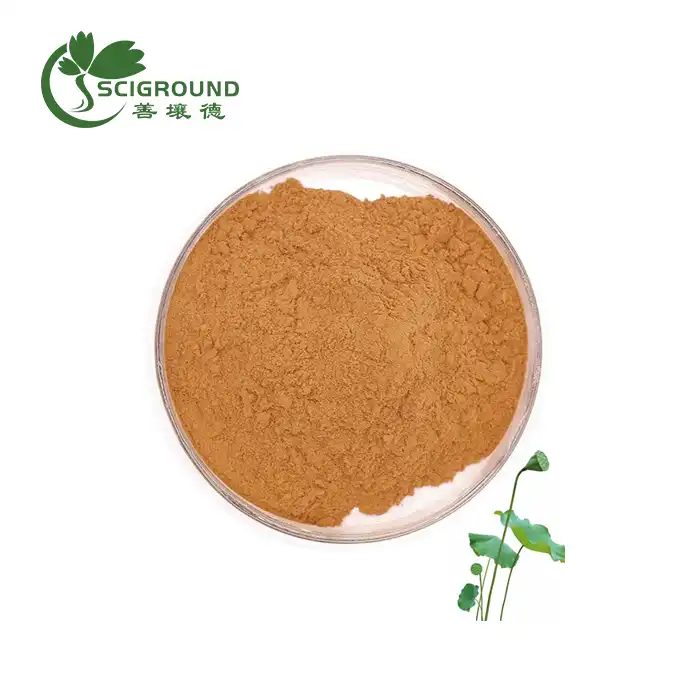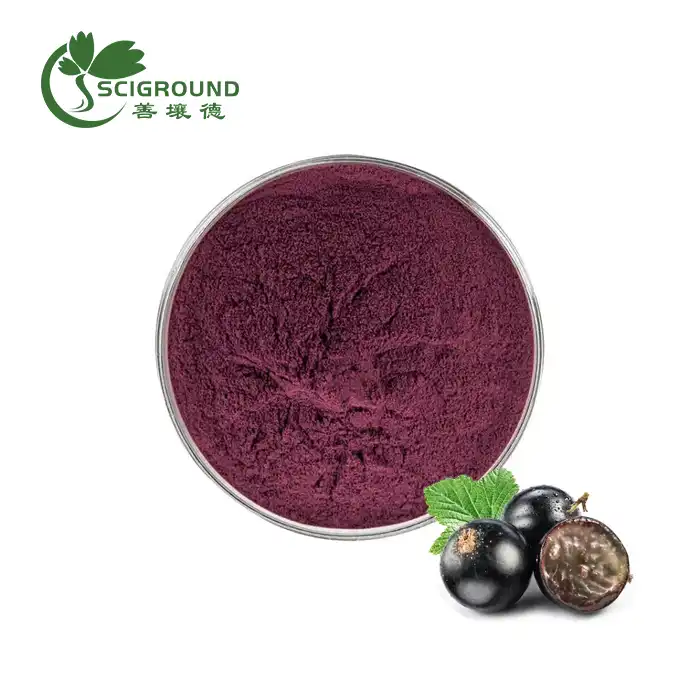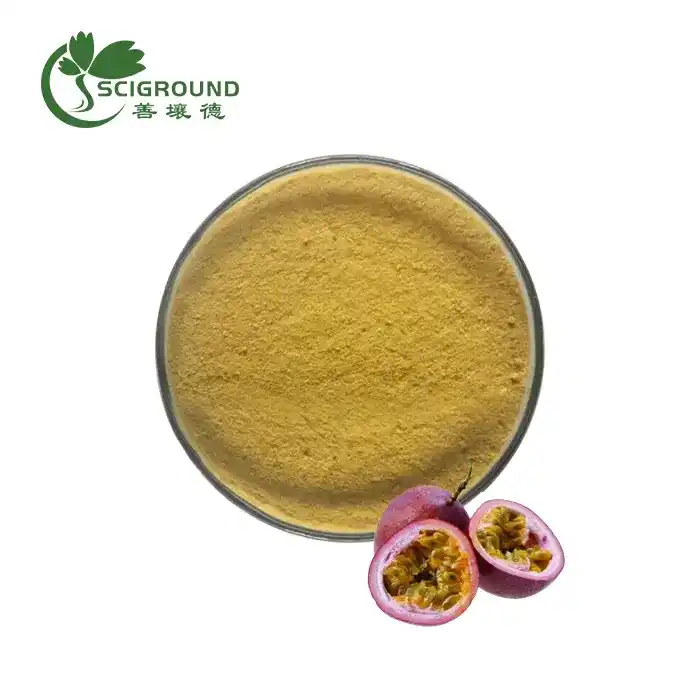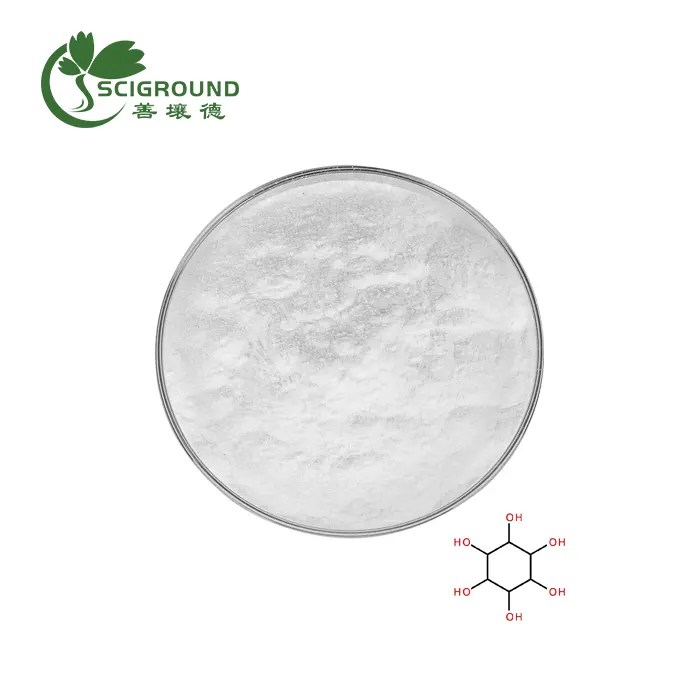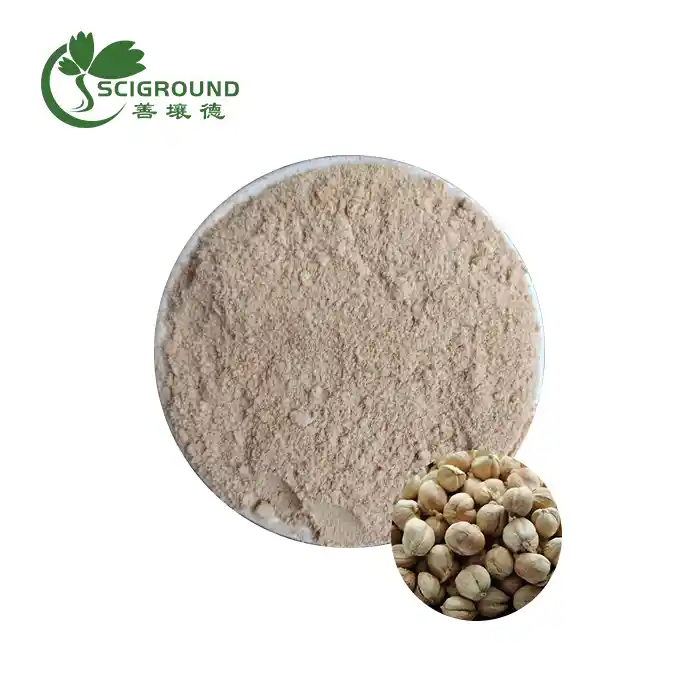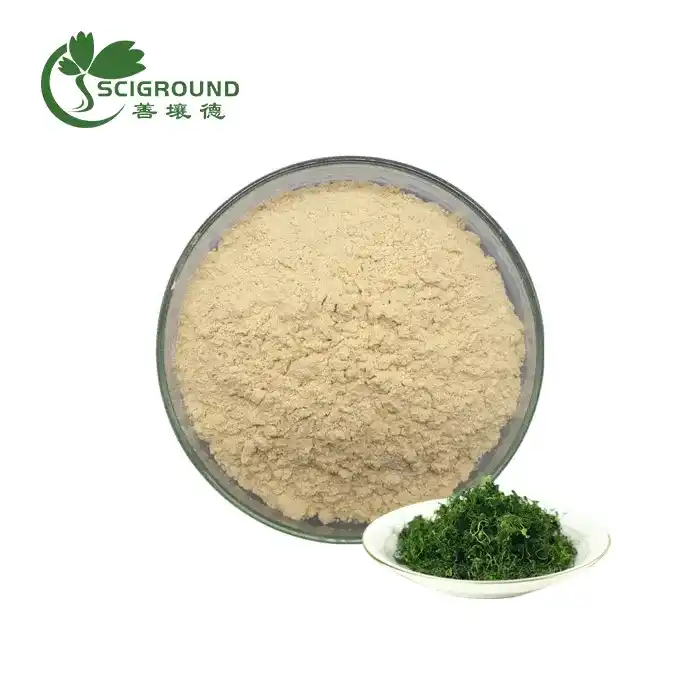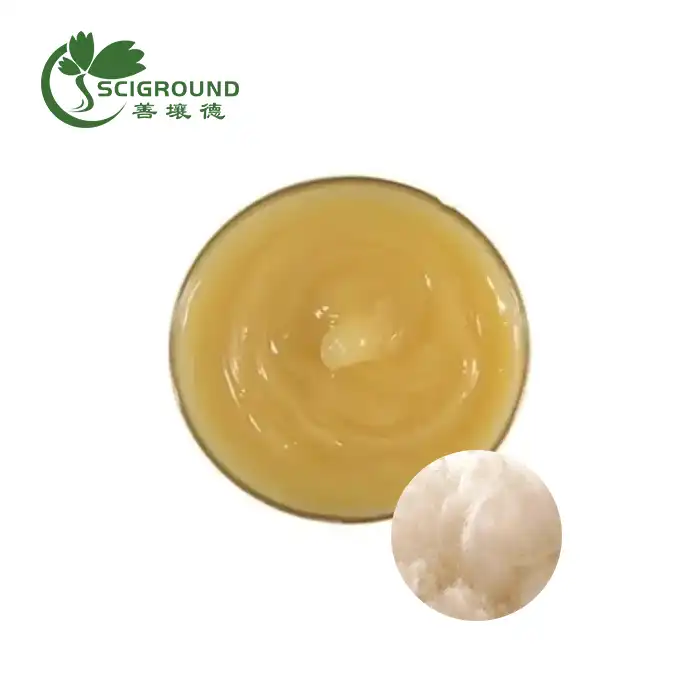Does Stevia Taste Like Sugar
In the realm of sugar alternatives, Stevia has emerged as a prominent contender, boasting natural origins and minimal calories. The central query revolves around its taste—does Stevia truly replicate the familiar sweetness of sugar? Stevia, derived from the leaves of the Stevia rebaudiana plant, possesses a sweetness potency far exceeding that of sugar, yet its taste is not an exact match. Some individuals perceive a mild, herbal undertone or a hint of licorice, distinguishing it from the clean sweetness of sugar. The taste comparison is subjective, varying from person to person and depending on usage. As the pursuit of healthier alternatives intensifies, understanding the nuanced taste of Stevia becomes pivotal, guiding consumers toward choices that align with their preferences and dietary goals.
Stevia vs. Sugar: A Deeper Dive into Flavor Comparison
Stevia and sugar stand at the forefront of the sweetener landscape, each offering distinct profiles that influence the taste of foods and beverages. Understanding the flavor differences between Stevia and sugar is essential for individuals seeking alternatives that align with their dietary preferences and health goals.
Stevia's Sweet Profile:
Stevia, derived from the leaves of the Stevia rebaudiana plant, contains steviol glycosides, primarily stevioside and rebaudioside A, responsible for its intense sweetness. Research indicates that these compounds are approximately 50 to 300 times sweeter than sucrose (sugar) (Goyal et al., 2010). While the sweetness potency is impressive, the flavor profile of Stevia is not an exact replica of sugar.
Sugar's Clean Sweetness:
Sucrose, or table sugar, is well-known for its clean, straightforward sweetness without any distinct aftertaste. This characteristic has made sugar a staple in various culinary applications for centuries.
Taste Comparison:
The taste comparison between Stevia and sugar is subjective and can be influenced by individual preferences. Many consumers find Stevia's sweetness to be slightly different from that of sugar. Some describe it as having a mild, herbal, or licorice-like undertone (Kroyer and Gregersen, 2001). This subtle difference is more noticeable in larger quantities or when Stevia is used in specific applications.
Research Insights:
Studies suggest that Stevia's taste profile can vary based on factors such as the specific steviol glycosides present and the extraction process (Kroyer and Gregersen, 2001). The variance in individual taste perceptions underscores the need for comprehensive research to explore the sensory aspects of Stevia consumption.
In conclusion, while Stevia offers a natural and low-calorie alternative to sugar, its flavor profile, marked by a slight departure from the pure sweetness of sugar, can influence taste perceptions. The ongoing exploration of Stevia's taste nuances through scientific research is crucial for enhancing its acceptance and integration into diverse culinary applications.

Sweetness and Flavor Profile of Stevia
Stevia, a natural sweetener derived from the leaves of the Stevia rebaudiana plant, is renowned for its intense sweetness and unique flavor profile. The primary sweetening compounds in Stevia, such as stevioside and rebaudioside A, impart a sweetness that is approximately 50 to 300 times more potent than sucrose (sugar) (Goyal et al., 2010).
While Stevia provides a powerful sweetness, its flavor profile differs slightly from that of sugar. Some individuals detect a mild, herbal, or licorice-like undertone in Stevia, especially when used in larger quantities or specific applications (Kroyer and Gregersen, 2001). This subtle distinction makes Stevia a unique alternative to sugar, offering sweetness with a nuanced flavor that can enhance or modify the taste of foods and beverages.
The understanding of Stevia's sweetness and flavor nuances is crucial for consumers and the food industry, guiding choices in incorporating this natural sweetener into various culinary applications.
Using Stevia as a Sugar Substitute
Using Stevia as a sugar substitute has become increasingly popular, offering a natural, low-calorie alternative for those seeking to reduce their sugar intake. Stevia, derived from the leaves of the Stevia rebaudiana plant, contains steviol glycosides, primarily stevioside and rebaudioside A, which provide intense sweetness without the calories associated with sugar.
One of the significant advantages of using Stevia is its remarkable sweetness potency—approximately 50 to 300 times sweeter than sucrose (table sugar) (Goyal et al., 2010). This allows for achieving desired sweetness levels with significantly smaller quantities, making it an excellent option for those monitoring their calorie and carbohydrate intake.
Moreover, Stevia has a low glycemic index, meaning it does not cause a spike in blood sugar levels, making it a suitable choice for individuals with diabetes or those aiming to manage their blood sugar levels more effectively. Its use in cooking, baking, and beverages has become widespread, with many commercially available products now featuring Stevia as a key ingredient.
As with any sugar substitute, individual preferences and taste perceptions may vary, and it's advisable to experiment with Stevia in different recipes to find the right balance for personal satisfaction. The versatility and natural origin of Stevia make it a valuable tool for those looking to sweeten their foods and beverages without the drawbacks associated with traditional sugar consumption.
We provides OEM customization services. For more information, please feel free to contact us at info@scigroundbio.com.
References:
Goyal, S. K., Samsher, & Goyal, R. K. (2010). Stevia (Stevia rebaudiana) a bio-sweetener: a review. International Journal of Food Sciences and Nutrition, 61(1), 1–10.
Kroyer, G. T., & Gregersen, S. (2001). A comparison of the taste of Stevioside with that of other sweeteners. In Journal of the Science of Food and Agriculture, 81(5), 481–488.
Related Industry Knowledge
- What is alprostadil?
- What is Acmella oleracea extract?
- Is There a Pure Stevia Product
- What is soy lecithin powder used for?
- What are the side effects of vine tea?
- What does Polygala tenuifolia do?
- Broccoli Extract Powder: A Comprehensive Guide
- Unraveling the Science Behind L-Leucine
- The Powerhouse Amino Acid: Exploring the Benefits of L-Leucine Powder
- Shiitake Mushroom Extract: Uncovering Its Health Benefits
